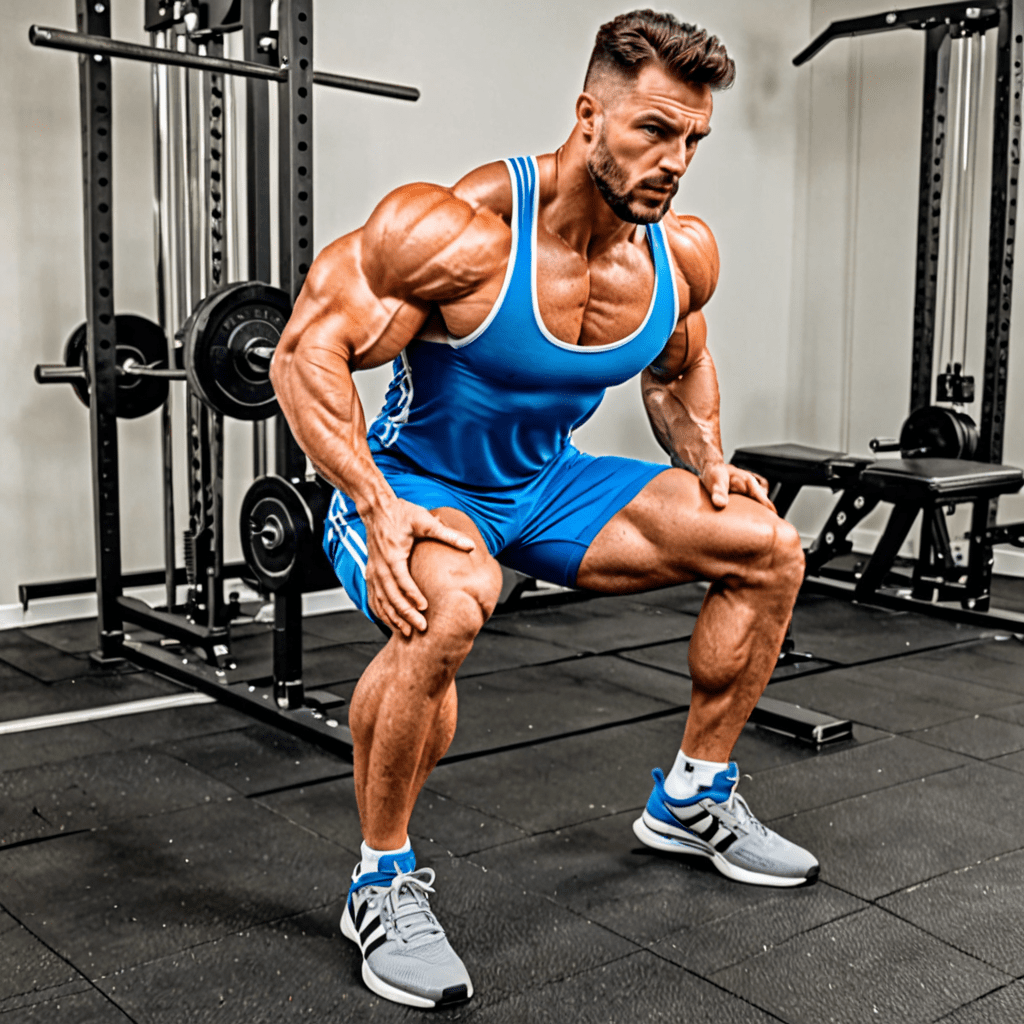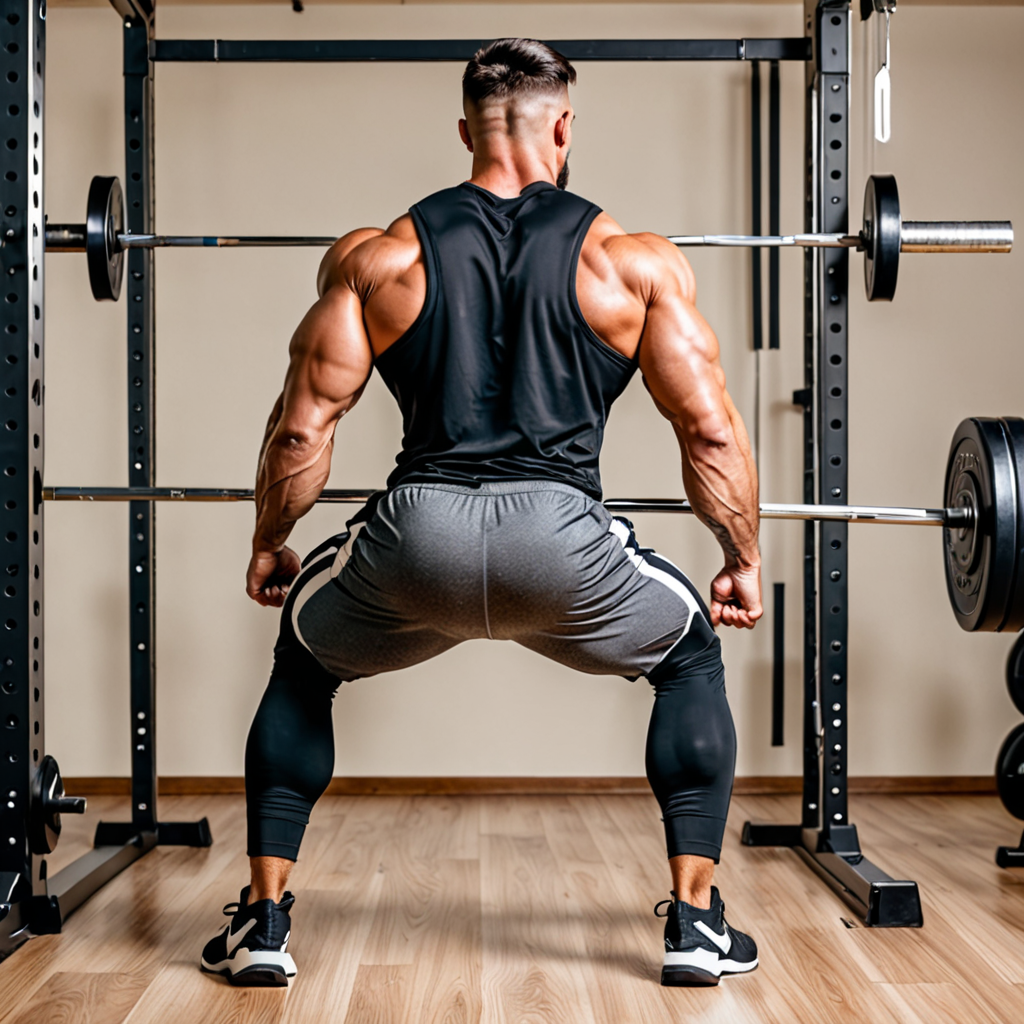
Posture and Circulation: Improving Blood Flow
Introduction
Posture, the way we hold our bodies, plays a vital role in our overall health, especially in maintaining proper blood circulation. Good circulation is crucial for delivering oxygen and nutrients to our cells and removing waste products. Poor posture, on the other hand, can restrict blood flow, leading to various health problems. Understanding the relationship between posture and circulation empowers us to improve our well-being through simple yet effective adjustments in our daily lives.
The Relationship Between Posture and Circulation
Proper posture ensures that blood vessels remain unobstructed, allowing blood to flow freely throughout the body. When we maintain a slouched or hunched posture, our blood vessels become compressed, hindering blood flow to vital organs and tissues. This restricted flow can lead to various health issues, including fatigue, muscle weakness, and even blood clots.
The areas most affected by poor posture are the neck, back, and legs. Slouching compresses the blood vessels in the neck, reducing blood flow to the brain. This can cause headaches, dizziness, and difficulty concentrating. Hunching compresses the chest cavity, restricting lung capacity and blood flow to the heart. This can lead to shortness of breath and fatigue. Crossing legs restricts blood flow in the lower extremities, increasing the risk of varicose veins and blood clots.
Common Posture Mistakes and Their Impact on Circulation
Several common posture mistakes significantly impact circulation. Slouching, the most prevalent, rounds the shoulders and compresses the chest and abdominal area. This compression restricts blood flow to the heart, lungs, and digestive organs. Hunching, similar to slouching, involves rounding the shoulders and compressing the chest. This posture further restricts lung capacity and blood flow to the heart, exacerbating the issues caused by slouching. Crossing legs, a seemingly harmless habit, restricts blood flow in the legs, increasing the risk of blood clots and varicose veins.
VI. Exercises for Improving Posture and Circulation
Regular exercise plays a crucial role in maintaining good posture and promoting healthy blood circulation. Here are some effective exercises that specifically target posture and circulation improvement:
Wall Slides:
Benefits: Strengthen back muscles, improve spinal alignment, and enhance core stability.
Instructions: Stand with your back flat against a wall, feet shoulder-width apart. Slide your body down the wall until your knees are bent at a 90-degree angle. Hold this position for 10 seconds, maintaining a straight back and engaged core. Repeat 10 times.
Chest Stretches:
Benefits: Open up the chest cavity, improve lung capacity, and promote blood flow to the heart.
Instructions: Interlace your fingers behind your back, keeping your arms straight. Gently push your arms upwards, lifting your chest and opening your shoulders. Hold this position for 30 seconds, taking deep breaths. Repeat 3 times.
Hip Flexor Stretches:
Benefits: Improve flexibility in the hips, enhance circulation in the legs, and reduce lower back pain.
Instructions: Kneel on one knee, with your other foot flat on the ground, toes pointed forward. Lean your hips forward, keeping your back straight and your front knee bent at a 90-degree angle. Hold this position for 30 seconds, feeling the stretch in your hip flexors. Repeat on both sides.
Calf Raises:
Benefits: Strengthen calf muscles, improve blood flow in the lower legs, and reduce the risk of varicose veins.
Instructions: Stand with your feet flat on the floor, toes pointing forward. Slowly lift your heels off the ground, rising onto your toes. Hold this position for a few seconds, then slowly lower your heels back to the floor. Repeat 15-20 times.
VII. The Role of Lifestyle Factors in Circulation
Beyond posture and exercise, several lifestyle factors play a significant role in maintaining healthy blood circulation:
Hydration:
Staying adequately hydrated ensures that your blood volume remains sufficient, allowing for optimal circulation. Aim to drink at least eight glasses of water daily.
Nutrition:
A balanced diet rich in fruits, vegetables, and whole grains provides essential nutrients that support healthy blood vessels and circulation. Limit processed foods, saturated fats, and added sugars, which can negatively impact circulation.
Weight Management:
Maintaining a healthy weight reduces the burden on your heart and circulatory system. If you are overweight or obese, losing even a small amount of weight can significantly improve your circulation.
Stress Management:
Chronic stress can contribute to high blood pressure and poor circulation. Engage in stress-reducing activities like yoga, meditation, or spending time in nature.
VIII. FAQs
How long does it take to see improvements in posture and circulation?
The time it takes to see improvements varies depending on the individual and their starting point. With consistent effort, most people can expect to see noticeable improvements within a few weeks to a few months.
Can I improve my posture without exercise?
While exercise can significantly enhance posture improvement, there are several things you can do without exercise:
Be mindful of your posture: Pay attention to how you sit, stand, and walk, and make conscious efforts to maintain a neutral spine alignment.
Use ergonomic furniture: Invest in chairs and desks that support good posture.
Take regular breaks: If you spend a lot of time sitting, get up and move around at least once an hour.
What are the risks of poor circulation?
Poor circulation can lead to various health issues, including:
- Fatigue
- Muscle weakness
- Cold hands and feet
- Varicose veins
- Blood clots
- Heart disease
By improving your posture and adopting healthy lifestyle habits, you can significantly reduce your risk of developing these complications and maintain optimal blood circulation for overall well-being.


